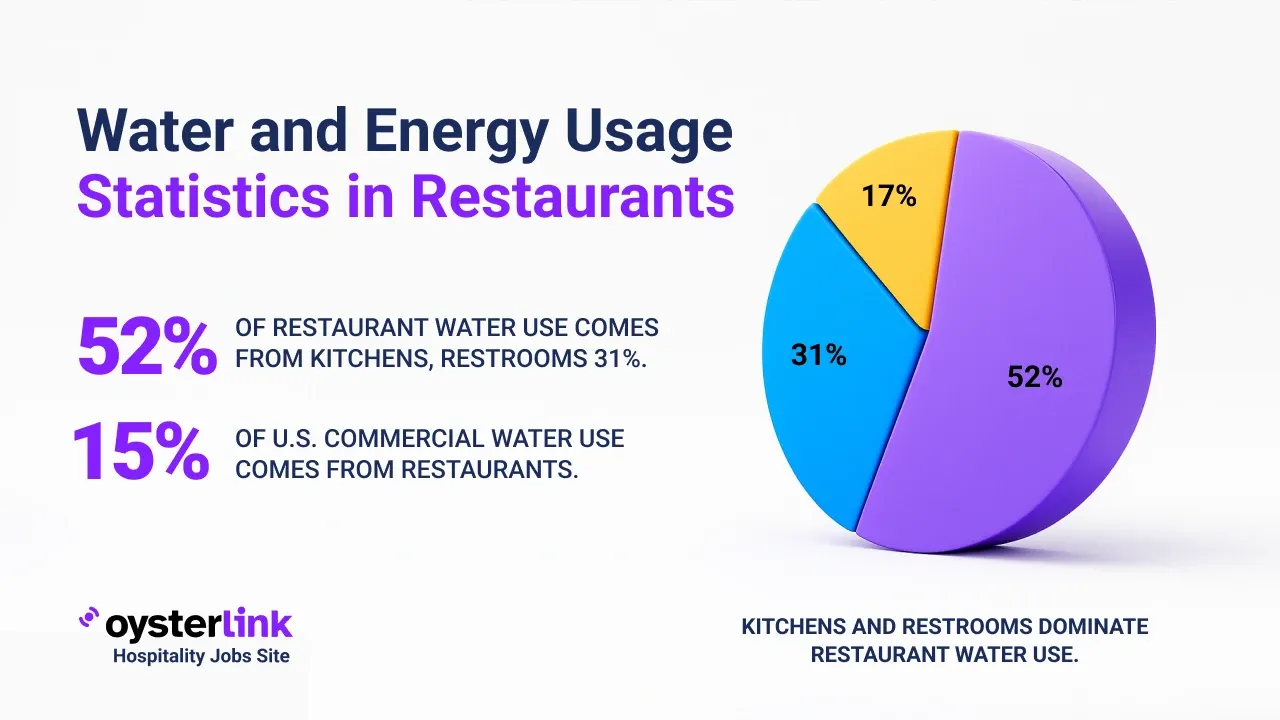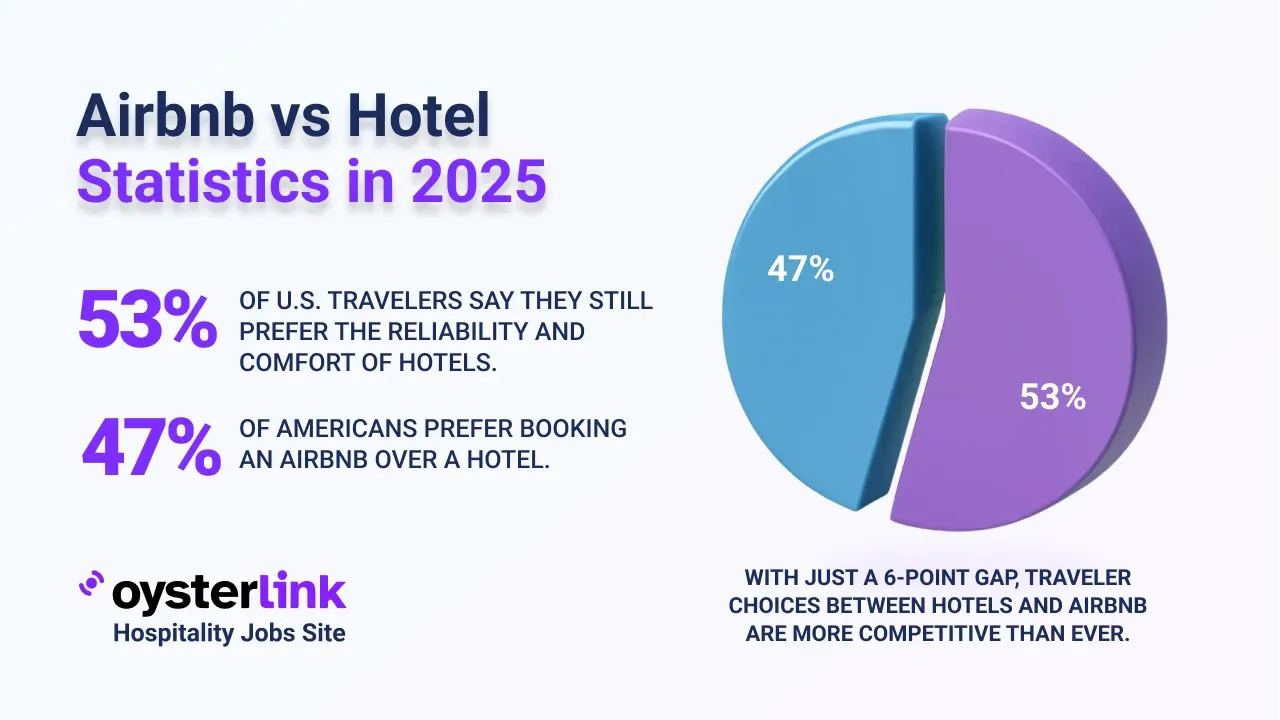Wisconsin Cost of Living: Quick Takeaways
- Housing Costs: The average rent for a one-bedroom apartment in Wisconsin has increased to about $1,327 in 2025.
- Transportation Expenses: Public transit costs average $2.00 per one-way trip and fuel costs are around $3.25 per gallon.
- Healthcare Costs: Employer-sponsored health insurance premiums average approximately $140.42 monthly.
- Income Levels: The median household income in Wisconsin is projected to be $70,000 in 2025.
Wisconsin's cost of living encompasses various expenses from housing to healthcare and transportation. This detailed breakdown aims to offer clarity on what residents can expect in 2025.
Whether you live in Wisconsin or plan to move, understanding these factors is key to proper financial planning and lifestyle adjustment.
1. Housing Costs in Wisconsin
Housing represents a major part of the cost of living in Wisconsin. Here's a look at average rents for a one-bedroom apartment over the years:
- 2010: Approximately $700
- 2015: Around $800
- 2020: Approximately $900
- 2024: Reached $1,150
- 2025: Projected to be $1,327
These figures demonstrate a consistent increase in rental prices, reflecting escalating housing demand.
Understanding the real estate market trends can offer valuable insights for hospitality business owners considering location choices.
2. Homeownership and Real Estate Trends in Wisconsin
For those looking to purchase a home, median prices have shown steady growth:
- 2010: Median home price was approximately $150,000
- 2015: Increased to $200,000
- 2020: Rose to $250,000
- 2024: Reached $310,000
- 2025: Projected to be $328,778
The rising home prices indicate a strengthening real estate market in Wisconsin.
3. Transportation Expenses in Wisconsin
Transportation costs in Wisconsin include:
- Public Transit: One-way fare averages $2.00, with monthly passes around $65.00
- Fuel Costs: Average price per gallon is approximately $3.25
- Vehicle Maintenance: Annual average maintenance costs about $1,200
These costs can vary depending on commuting needs and vehicle type.
4. Utility Costs in Wisconsin
Typical monthly utility expenses for a standard residence include:
- Electricity: Around $106.94
- Internet: Typically $50.00 monthly
- Total Utilities: On average $186.00 monthly including other essentials
Utility costs are dependent on usage and provider rates.
5. Grocery and Food Expenses in Wisconsin
Monthly grocery costs per person average about $221.46. Dining out prices vary:
- Casual Meal: Approximately $15
- Mid-Range Restaurant Meal: Around $50
These costs help gauge everyday food expenses.
6. Healthcare Costs in Wisconsin
Healthcare expenses consist of premiums and out-of-pocket charges. Employer-sponsored health insurance averages around $140.42 monthly. The average premium for a Silver plan is approximately $621 monthly.
Employers looking to attract and retain quality staff can benefit from reading about employer branding in restaurant job postings including health benefits.
7. Educational Expenses in Wisconsin
Education costs vary across options:
- Public Schools: Funded through taxes with no direct tuition costs
- Private Schools: Average tuition about $9,508 per year
- In-State University Tuition: Estimated at $9,508 annually
These numbers provide guidance for family education budgeting.
8. Entertainment and Leisure in Wisconsin
Entertainment options and associated costs include:
- Movie Ticket: Around $12
- Gym Membership: Approximately $40 monthly
- Mid-Range Restaurant Meal: $50 per meal
Annual expenses for entertainment typically reach about $2,400.
9. Taxes and Miscellaneous Fees in Wisconsin
Taxation in Wisconsin involves:
- State Income Tax: Ranges from 3.54% to 7.65%
- Sales Tax: Between 5% and 5.5%
- Property Tax Rate: About 1.61%
These taxes affect residents' overall financial planning.
10. Childcare and Family Expenses in Wisconsin
Families should consider these average monthly costs:
- Daycare Services: Approximately $1,087.33
- After-School Programs: Around $300
- Extracurricular Activities: Estimated $100
Such expenses are important for family budgeting.
11. Clothing and Personal Care in Wisconsin
Monthly spending on clothing and personal care is:
- Clothing: About $115
- Personal Care Products and Services: Around $54
These amounts vary with lifestyle and preferences.
12. Insurance Costs in Wisconsin
Insurance premiums include:
- Health Insurance: Employer-sponsored average monthly premium of $140.42
- Auto Insurance: Annual premium around $824.23
- Homeowners Insurance: Approximately $1,200 annually
- Renters Insurance: Costs about $180 annually
Insurance protects against financial risks and is a necessary expense.
13. Miscellaneous Expenses in Wisconsin
Other typical costs include:
- Entertainment: Around $2,400 annually
- Personal Care Services: Approximately $768 annually
- Miscellaneous Goods and Services: Estimated at $707 annually
These expenses contribute to overall living costs.
14. Income and Salaries in Wisconsin
Median household income has grown steadily:
- 2010: $50,000
- 2015: $55,000
- 2020: $60,000
- 2023: $65,000
- 2025: $70,000
This growth reflects economic development in the state.
For employers interested in how to hire a hotel manager or other hospitality management staff, understanding salary trends is crucial.
Additionally, hospitality job seekers can find useful interview tips in the guide to hotel manager interview questions.
15. Comparison with National Averages
When compared to national averages:
- Overall Cost of Living: 3% higher than the national average
- Housing: About 1% lower
- Utilities: 6% lower
- Food: 1% lower
- Healthcare: On par with national averages
- Transportation: 1% higher
- Goods and Services: 11% higher
These comparisons help contextualize Wisconsin's costs within the US.
Hospitality industry employers looking to optimize operating costs may benefit from insights shared in restaurant utility costs guide.
Our Methodology for Wisconsin Cost of Living Figures
Our analysis draws from authoritative sources including government data, statistical agencies, and reputable cost of living databases. In cases where exact data wasn't available, we made educated estimates to provide a comprehensive overview.
Wisconsin Cost of Living: Conclusion
In 2025, Wisconsin presents a cost of living that is slightly above national averages overall, with particularly rising housing and goods and services expenses.
Transportation, utilities and healthcare costs remain close to or below typical national figures, making Wisconsin a moderately affordable place to live.
For current residents and newcomers alike, understanding these cost drivers is essential for effective budgeting and financial planning in Wisconsin.
To ensure your hospitality business thrives amidst these economic factors, consider reviewing restaurant management styles and best practices.

.webp)
.webp)

